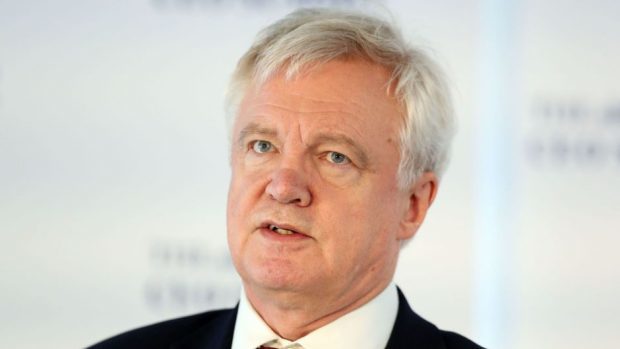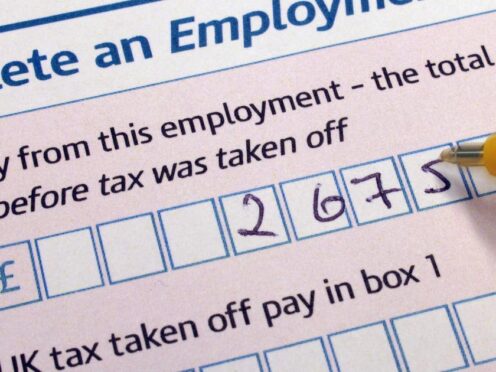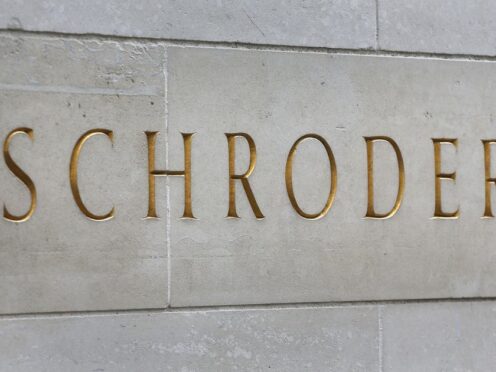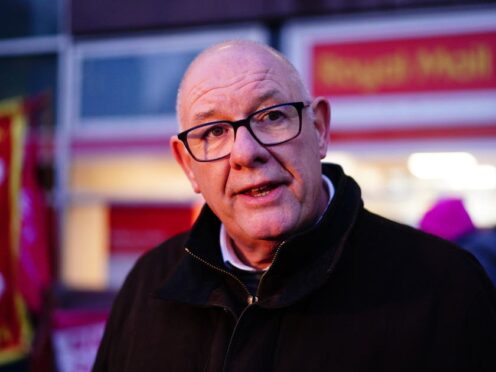Business leaders are to step up pressure on the Government to ensure they can continue to access European markets after Brexit.
Brexit Secretary David Davis is holding talks with senior business figures at Chevening House in Kent – the grace-and-favour country residence he shares with Foreign Secretary Boris Johnson and International Trade Secretary Liam Fox.
The meeting takes place against mounting frustration among firms at the failure so far of ministers to spell out what arrangements will be put in place if there is no trade deal with the remaining 27 by the expected date of Britain’s withdrawal in March 2019.
–– ADVERTISEMENT ––
In a speech on Thursday, CBI director-general Carolyn Fairbairn said it was “impossible” to imagine a deal could be finalised that quickly and called for Britain to remain in the single market and the customs union until there was a trade agreement.
Such a “common sense” approach would, she said, avoid a “cliff-edge” break – with exporters suddenly faced with new tariffs and customs checks – and give firms the stability to carry on investing in the UK after Brexit.
“This would create a bridge to the new trading arrangement that, for businesses, feels like the road they are on,” she said.
Her proposal is likely to be treated with suspicion by hardline Brexiteers, who fear that prolonged transitional arrangements could be used by Remainers as a way of reversing the Brexit vote by stealth.
She set out her plan after the European Commission’s chief negotiator Michel Barnier rebuffed claims by Mr Davis that a free trade deal could deliver the “exact same benefits” as membership of the single market.
“I have heard some people in the UK argue that one can leave the single market and keep all of its benefits. That is not possible,” he said.
“I have heard some people in the UK argue that one can leave the single market and build a customs union to achieve frictionless trade. That is not possible.”
The Department for Exiting the EU has declined to give details of the Chevening talks, insisting that it is a private meeting.
Among those reported to be attending are easyJet chief executive Carolyn McCall, Tesco boss Dave Lewis and Gavin Patterson of BT.
Business leaders have been encouraged by the renewed willingness of ministers to engage with them, having felt shut out by the Government since Theresa May became Prime Minister last year.
At Westminster, the meeting is being seen as further evidence of Mrs May’s weakness following her General Election humiliation which saw her Commons majority wiped out.
British Chambers of Commerce director general Adam Marshall said the talks with Mr Davis needed to be the start of a process of “sustained engagement” with business to ensure the needs of the economy were “front and centre” in the Brexit negotiations.
“Most businesses are a long way away from the theoretical debates we hear in Westminster, and just want answers to the practical, real-world questions they face,” he said.
“Will our goods get stuck at border crossings? Who can we hire, and for how long? Who do we pay VAT to? Whose regulations and standards do we need to comply with? And so on.
“Answering these questions will require Government to work in lock-step with business throughout the Brexit process, both on high-level strategy and on the detailed technical and legal issues that affect specific sectors.”










